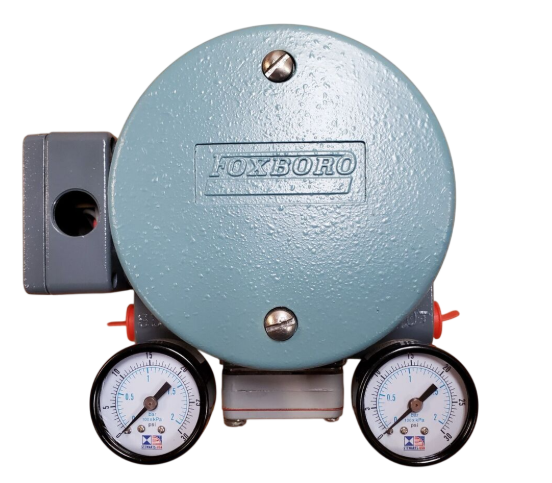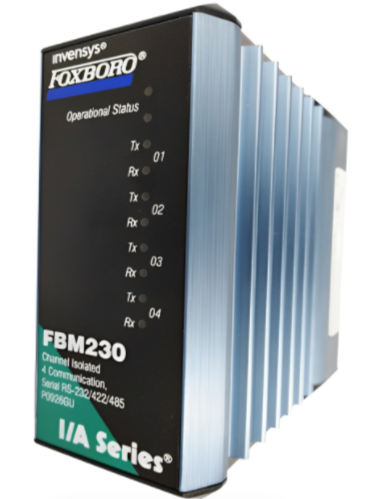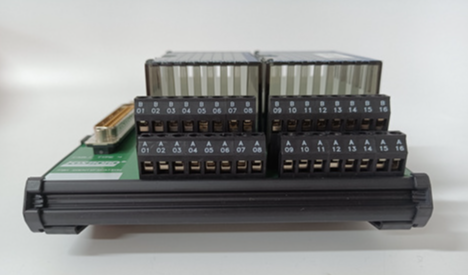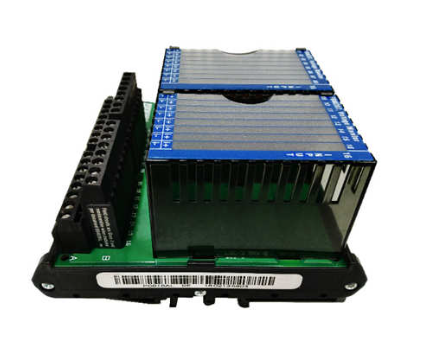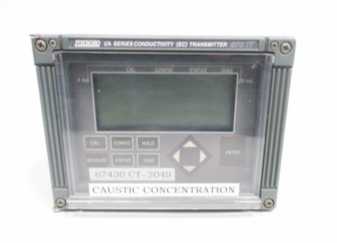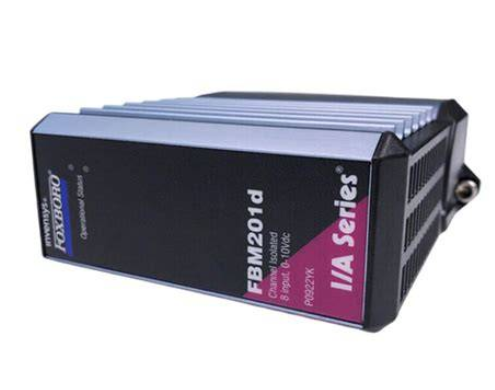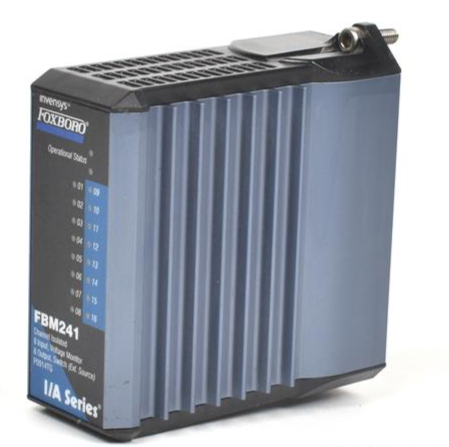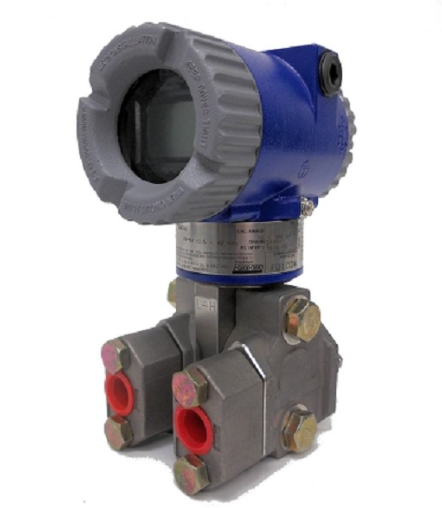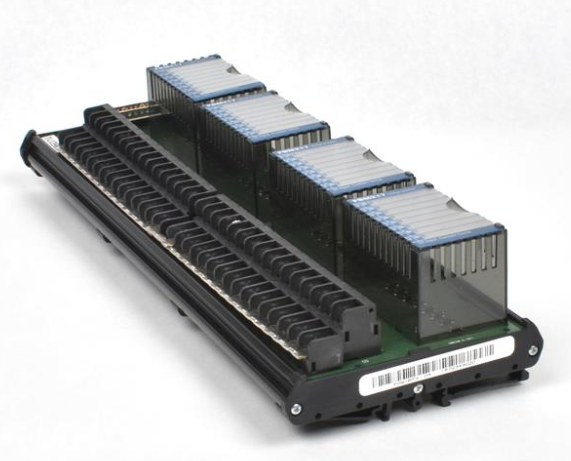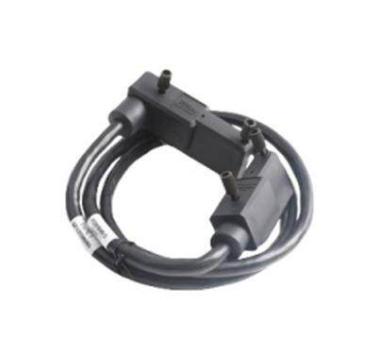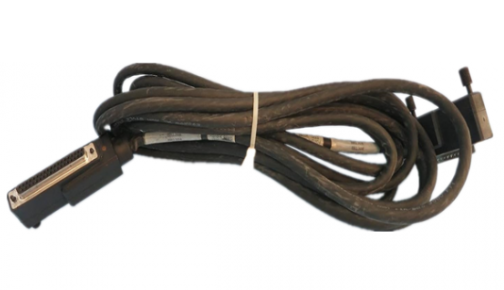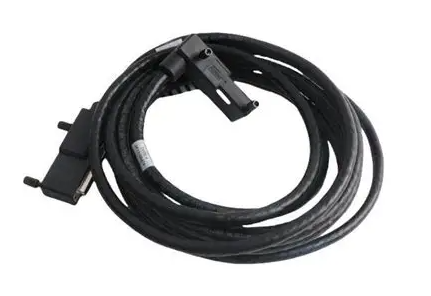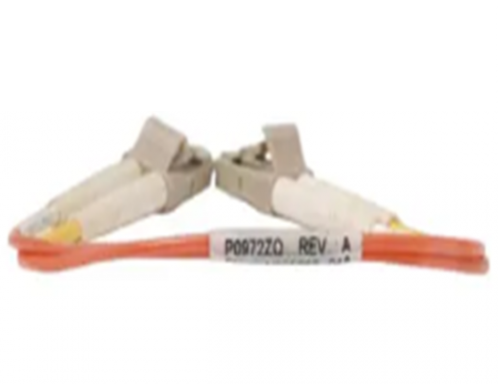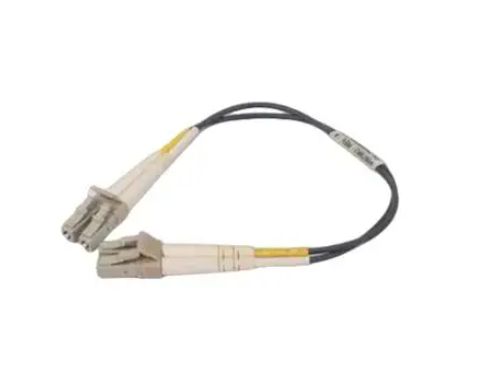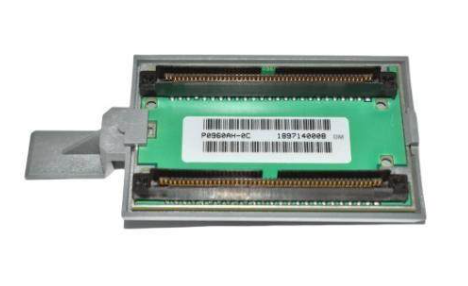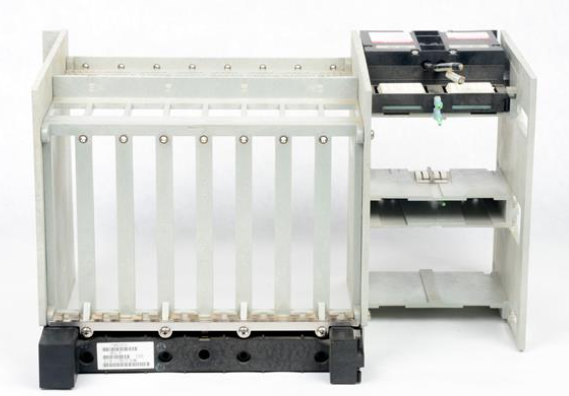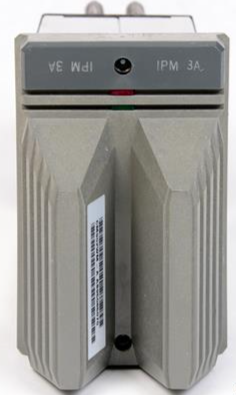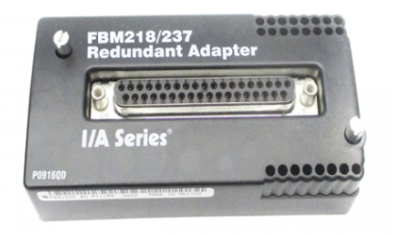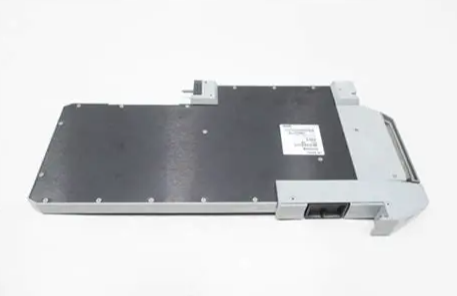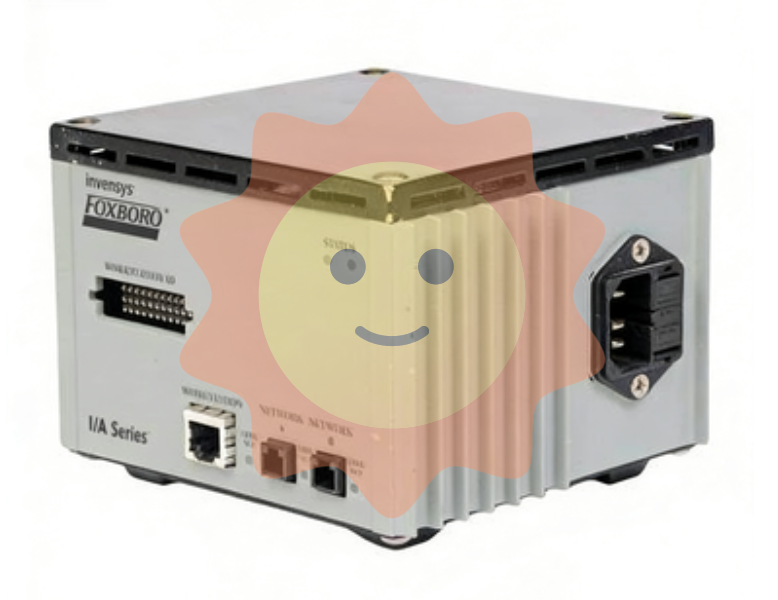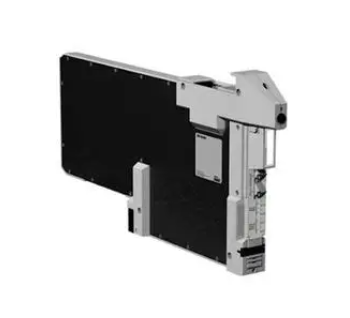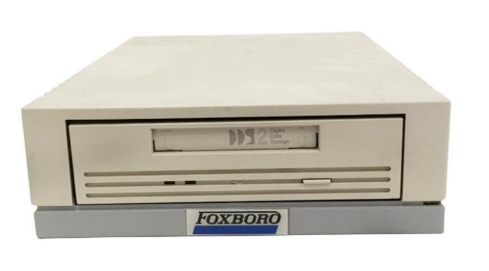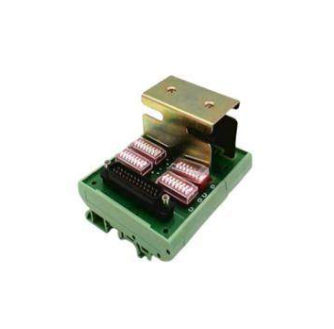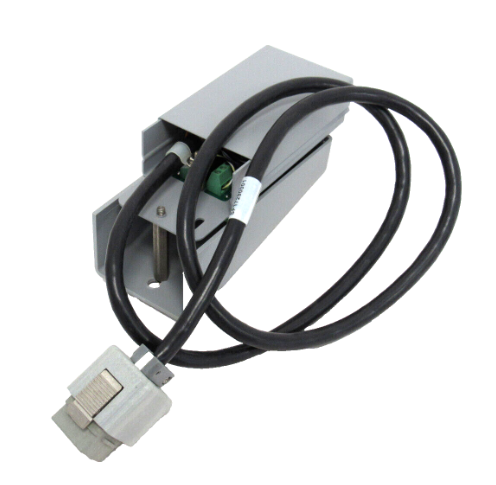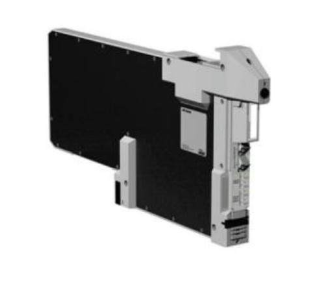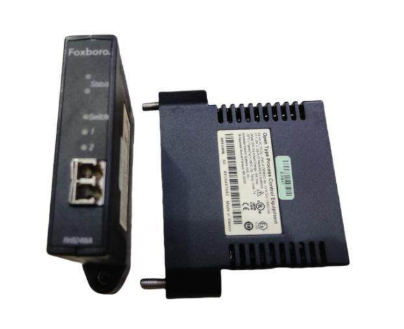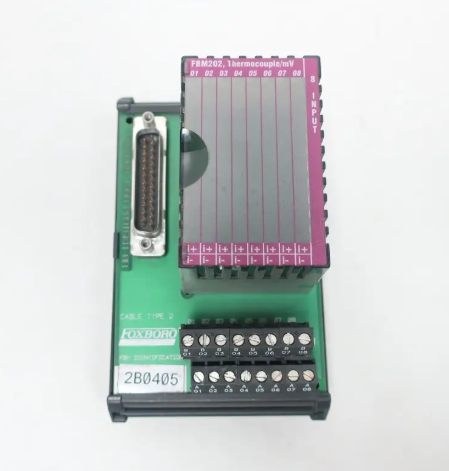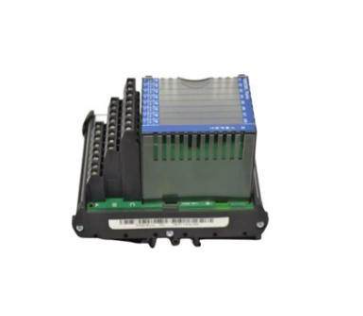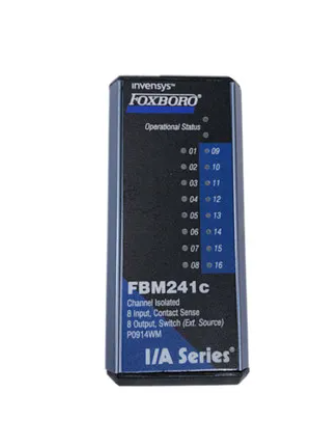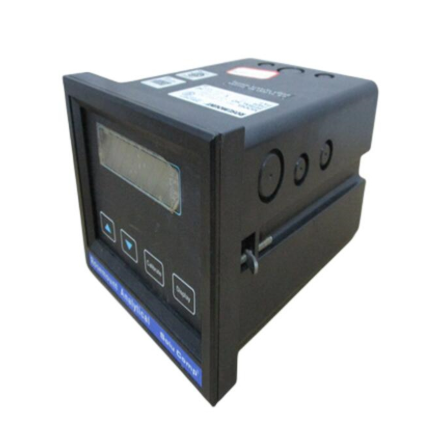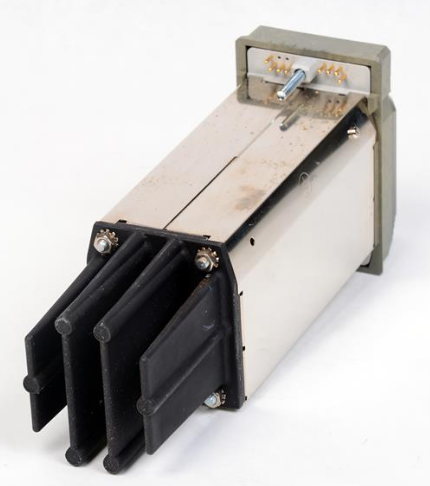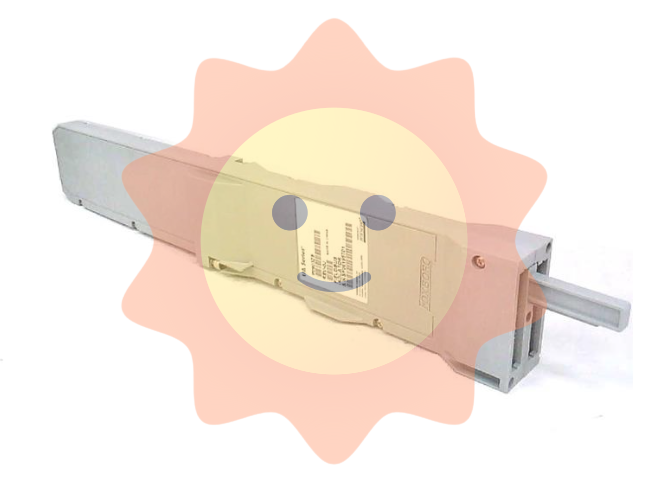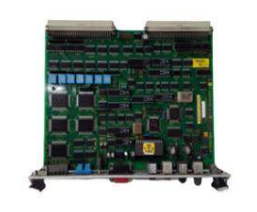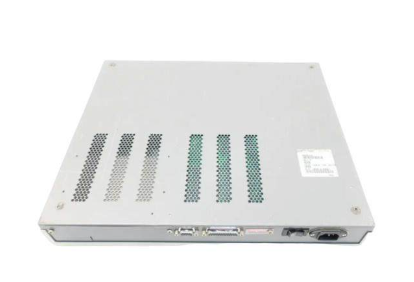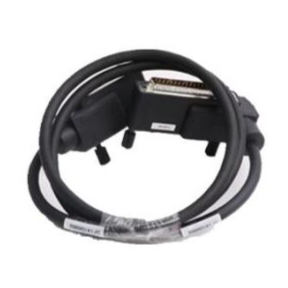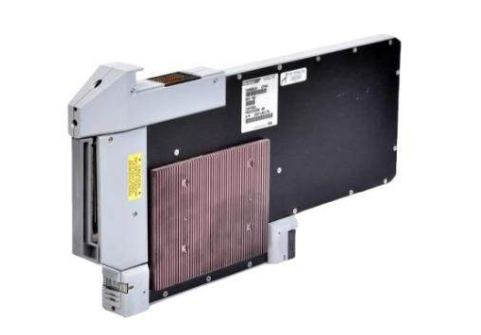Power industry carbon reduction path
The necessity of carbon emission reduction in China's power industry
The power sector is key to reducing carbon emissions. Whether it is the change of demand side, the innovation of domestic power supply and energy supply, or the development of carbon management industry, it is closely related to the power industry. Based on the McKinsey Global Carbon Neutral model, the global power sector needs to reduce carbon emissions by more than 99% by 2050 in order to achieve the 1.5 ° C target, which means that the power sector has to reach almost "net zero emissions". We believe that this goal, while challenging, is achievable.
China's electricity demand on the road to carbon neutrality
Total electricity demand is an important topic for carbon neutrality. In addition to the demand growth brought about by economic development, under the carbon reduction target, large-scale electrification of various industries and the popularization of electrolytic hydrogen production will further promote the demand for electricity. In the long term, China's electricity demand will grow at an average annual rate of 2%, and the total electricity demand in 2050 will be about twice that of 2020. Direct electricity demand will grow steadily until 2030, driven by three main drivers: increased industrial production activities, the electrification of buildings, and the introduction of electric vehicles. Between 2030 and 2050, the growth rate of industrial electricity demand and building electricity demand will slow down, and the electricity demand of the transportation industry will show faster growth due to the acceleration of the promotion of electric vehicles.
Power mix with carbon capture and storage (CCS) technology
Based on projections of total electricity demand, the McKinsey Global Energy Insight Electricity Model estimates the electricity mix with carbon capture and storage in 2030 and 2050 under a 1.5 ° C scenario. Total installed power capacity will increase from about 2,000GW in 2020 to about 8,700GW in 2050, of which about 71% will be contributed by renewable PV and wind power, while coal, based on CCS technology, is likely to fall to 6% of total generation capacity between 2030 and 2050 (see Figure 2). At the same time, hydropower, nuclear power, gas turbines and power storage installations will bear the base load and ensure the flexibility of the power system. In addition, the regional power mix will be more diversified in 2050, with power installations in Northwest, Northeast and North China significantly concentrated in photovoltaic (more than 40% of PV installations), while eastern China is more inclined to wind power (61% of wind installations).

The proportion of wind power and photovoltaic power generation will reach 62% and 83% in 2030 and 2050, respectively. Calculations in the case of carbon capture and storage show that a shift from a coal-based power system to one based on renewable energy sources such as wind and light is critical to China's quest for carbon neutrality.
Potential challenges and countermeasures of electric power transformation
There is still a long way to go to achieve "zero carbonization" of electricity. McKinsey believes that to achieve a cost-optimal power structure under the 1.5 ° C scenario, China's power industry needs to overcome three major challenges. We believe that with the joint efforts of the Government and enterprises, we can effectively deal with the problem.
Challenge 1: Improve the flexibility of the power system: photovoltaic and wind power will become the main energy sources in 2050, accounting for 83% of the entire society's electricity generation, and given that photovoltaic and wind power have poor continuity, geographical limitations, prone to short-term surplus or shortage, will make the flexibility of the power system is further threatened. McKinsey believes that power system flexibility should be enhanced by building capacity in three areas.
Increase the transmission and distribution capacity of the grid: Under the optimal cost scenario, the total transmission capacity will need to be increased from about 150GW in 2019 to about 600GW in 2050, and the new transmission capacity will be mainly used for cross-regional power supply connecting North and East China, and South and East China to meet the electricity demand in coastal areas. This requires the central government to formulate policies, make top-level planning, balance the interests of multiple parties, provide support for the large-scale development of trans-provincial power grids, and strengthen cross-provincial overall planning and cooperation. At the same time, we will continue to promote distribution reform and accelerate the construction of incremental distribution networks. Recently, the National Development and Reform Commission in the "Eight Proposals on Further Improving the implementation of the Incremental distribution Business Reform Policy" Reply letter, further clarified the administrative status of the incremental distribution network, allowing renewable energy, distributed power supply to access the incremental distribution network with the appropriate voltage level, which can effectively help the consumption of renewable energy. It also solved the practical difficulties of "lack of power" in the incremental distribution network, and greatly boosted the confidence of relevant developers. At the same time, the industry should also actively apply smart grid technology to achieve the collection and management of real-time data of power grid transportation, and improve the energy level of the power grid system. This requires not only the development of grid digital technology, but also the acceleration of the promotion of market mechanisms in the power industry.
Optimize power storage technology: Energy storage technology has been widely used in all aspects of the power industry value chain. In order to meet the challenges of system flexibility, the cumulative installed capacity of the overall energy storage system needs to be increased from about 32GW in 2019 to about 1,400GW by 2050; Among them, in addition to traditional energy storage methods such as pumped storage, the application of battery technology is extremely critical. Taking into account the characteristics of various energy storage technologies, lithium battery energy storage has become the preferred application in the short term because of its low operating costs, small space required and long cycle cycle.

Throughout the development of battery energy storage technology represented by lithium batteries, there are three major pain points that need to be solved. The first is the cost, the current electrochemical energy storage cost is high, but McKenzie expects that with the development of core technology, the cost of battery energy storage technology represented by lithium batteries can be reduced to the level of coal power generation cost in 2030, and even lower than the latter by 2050; Government and industry should work together to further broaden research into battery technology for the benefit of the electric vehicle and renewable energy sectors. Secondly, the safety of the battery, the government and the industry should attach great importance to the safety of the battery design, production and use, and reduce the safety accidents caused by the battery as much as possible in the application of battery technology. The last pain point is the recycling of battery resources, because the battery life is usually 5 to 8 years, recycling is an inevitable topic, and the relevant parties are still looking for a solution to maximize the recycling of batteries, while minimizing its burden on the environment. Local governments should develop policies to regulate the recycling industry, while providing subsidies to support the promotion of sustainable battery recycling solutions. The industry should optimize operations and promote the implementation of battery recycling norms.
Strengthen demand-side management and response: In addition to improving the flexibility of the supply side, demand-side reform is also an effective means to reduce the cost of energy storage system and improve the stability of the power system. The current demand-side improvement measures mainly include demand-side response (load adjustment by some users autonomously) and demand-side management (uniform consumption behavior adjustment covering a large number of users), both of which can reduce social peak demand for electricity. These two types of technologies are widely used in North America and most EU countries in China, and small demand-side response projects piloted in Shanghai and other regions are still in the testing stage. Based on the historical experience of the application of demand-side response technology in overseas developed countries, demand-side response can usually effectively reduce the capacity reserve demand by 4%~6%.
Looking to the future, the application of demand-side response technology in China can be combined with innovative scenarios such as electric vehicles and buildings to achieve peak electricity demand reductions far beyond historical data. The promotion of demand-side response requires the joint efforts of the government, enterprises and other stakeholders to solve the following five problems: first, clarify the strategic position of demand-side response and reach the consensus of the whole society on the importance of demand-side reform; Second, promote the market mechanism of electricity, and accelerate the pilot of the spot market of electricity by the government; The third is to strengthen the construction of demand response infrastructure, both power generation and users need a more localized power grid system, and the application of smart grid technology for dynamic regulation; In the short and medium term, subsidies are still the main tool for demand-side response, and local governments need to formulate clear plans to provide relevant incentives to enterprises in the best way. The fifth is to boost the rise of the power aggregation industry, with the deepening of the demand-side reform, the aggregation industry will naturally become the medium between the power supplier and the power user, but this needs the guidance and support of the government.

Challenge 2: There are practical difficulties in accelerating the phase-out of coal power: If the power sector's carbon emissions need to be "zero" by 2050, coal power plants will inevitably retire from history. China currently has 1,100GW of coal-fired power capacity, more than 50% of which needs to be phased out by 2040. Although the central government and provinces are gradually introducing the policy of phasing out coal-fired power plants, the implementation process not only faces the challenge of power supply stability, but also affects the short-term economic growth of regions highly dependent on coal to a certain extent. McKinsey has broken down China's provinces by coal dependence and renewable energy abundance, with different exit paths for different types of regions.
High dependence on coal and low abundance of renewable resources: The energy transition in such regions will face serious challenges and a "soft landing" should be considered. In order to ensure energy security, we can steadily retire unprofitable backward coal power capacity, simultaneously invest in CCS technology and its infrastructure construction, promote clean coal power, and at the same time combine local renewable energy generation with energy input to optimize the energy structure. To ensure that economic development is not affected, local governments should focus on improving the efficiency of local energy use, take the lead in assisting the rehabilitation and redevelopment of retired coal power plants, promote the development of neighboring low-carbon industries, and empower local communities through grants and training, and do a good job of re-employment of workers.
High dependence on coal and high abundance of renewable resources: This type of region is rich in renewable resources, but requires large-scale decommissioning of coal power plants, which can be described as opportunities and challenges, and should accelerate the transformation. In terms of energy security, exit plans should be developed for all coal power installed capacity, replacement of retired coal power capacity with renewable energy, and investment in energy storage technology to ensure the stability of power supply.
Low dependence on coal and high abundance of renewable resources: These regions have high natural endowments and should be the "vanguard" to lead the development of renewable energy in China. Local governments should actively formulate policies to accelerate the construction of renewable energy, and collaborate with governments and grid companies to promote cross-regional electricity transportation. At the same time, in terms of economic development, the electrification of the local economy should be accelerated to become an industrial base for energy-intensive industries and provide new job opportunities to attract high-quality talents.
Low dependence on coal and low abundance of renewable resources: This type of region is less affected by the transformation of the power system, and should focus on the future, actively switch to the use of renewable energy power, and formulate energy strategies in line with local economic development planning.
Challenge 3: Renewable energy costs are still high: Compared to the above two types of challenges, the cost challenge of renewable energy is relatively small. Thanks to a good local supply chain, domestic centralized onshore wind power and photovoltaic have begun to compete at parity, and distributed and offshore wind power is expected to enter the zero-subsidy era soon.

Along the current technological development trajectory, the cost of renewable energy will continue to fall, and by 2030, the cost of wind power and photovoltaic will be expected to be lower than coal power across the country. As the era of parity accelerates, the return on investment of most renewable energy projects is decreasing year by year; At the same time, in response to the call of the state, a large number of leading enterprises in other industries are also actively involved in the investment and construction of renewable energy. Although this has greatly stimulated the vitality of the market, it has also intensified the competition in the renewable energy industry and further compressed the profit margins of relevant enterprises. On the one hand, enterprises can improve profitability by continuously optimizing the operational performance of wind and solar power plants throughout their life cycle (pre-development, construction, operation and maintenance cycle, etc.), on the other hand, they can improve the overall return through market means:
Participate in green power certificate trading. China's green certificate system began in 2017, and over the years, the mechanism has become increasingly perfect. With the promotion of renewable energy parity Internet access and "compulsory green certificate", the future power generation, power grid, electricity sales, users and other implementation subjects have the demand for green certificates, which will significantly increase the overall demand; The linkage between the price of green certificate and the price of carbon sink will also help to further improve the price mechanism. For renewable energy companies, green certificates may become an important way to increase project revenue.
Participate in carbon trading. Currently, renewable energy companies can access the carbon market through nationally Certified Voluntary emission reduction (CCER) trading, and key emitters can offset up to 5% of their verified carbon emissions by purchasing CCers from renewable energy companies. Although the CCER filing work has been suspended since 2017, in the long run, the organic combination of CCER (or a similar form of product) and green certificate is bound to become an important means of subsidizing the development of renewable energy.
Use financial means to improve profitability. For enterprises that already have renewable energy assets, they can expect to issue bond products based on income assets to quickly withdraw funds and accelerate investment in new projects. Since power plants that have been put into operation in the past usually enjoy highly subsidized electricity prices and profit margins are usually better, enterprises can also consider acquiring renewable energy assets that have been built to improve the profitability of the overall assets.
- EMERSON
- Honeywell
- CTI
- Rolls-Royce
- General Electric
- Woodward
- Yaskawa
- xYCOM
- Motorola
- Siemens
- Rockwell
- ABB
- B&R
- HIMA
- Construction site
- electricity
- Automobile market
- PLC
- DCS
- Motor drivers
- VSD
- Implications
- cement
- CO2
- CEM
- methane
- Artificial intelligence
- Titanic
- Solar energy
- Hydrogen fuel cell
- Hydrogen and fuel cells
- Hydrogen and oxygen fuel cells
- tyre
- Chemical fiber
- dynamo
- corpuscle
- Pulp and paper
- printing
- fossil
- FANUC
- Food and beverage
- Life science
- Sewage treatment
- Personal care
- electricity
- boats
- infrastructure
- Automobile industry
- metallurgy
- Nuclear power generation
- Geothermal power generation
- Water and wastewater
- Infrastructure construction
- Mine hazard
- steel
- papermaking
- Natural gas industry
- Infrastructure construction
- Power and energy
- Rubber and plastic
- Renewable energy
- pharmacy
- mining
- Plastic industry
- Schneider
- Kongsberg
- NI
- Wind energy
- International petroleum
- International new energy network
- gas
- WATLOW
- ProSoft
- SEW
- wind
- ADVANCED
- Reliance
- YOKOGAWA
- TRICONEX
- FOXBORO
- METSO
- MAN
- Advantest
- ADVANCED
- ALSTOM
- Control Wave
- AB
- AMAT
- STUDER
- KONGSBERG
- MOTOROLA
- DANAHER MOTION
- Bently
- Galil
- EATON
- MOLEX
- Triconex
- DEIF
- B&W
- ZYGO
- Aerotech
- DANFOSS
- KOLLMORGEN
- Beijer
- Endress+Hauser
- MOOG
- KB
- Moxa
- Rexroth
- YAMAHA
- Johnson
- Westinghouse
- WAGO
- TOSHIBA
- TEKTRONIX


Email:wang@kongjiangauto.com

